
Other places of interest and excursion destinations in other countries:
 |
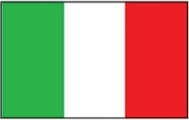 |
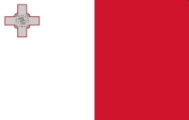 |
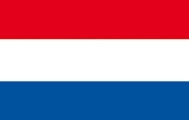 |
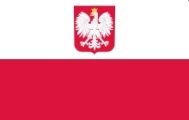 |
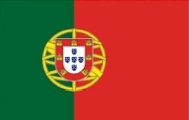 |
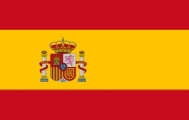 |
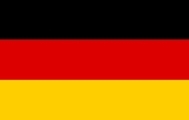 |
FR |
IT |
MT |
NL |
PL |
PT |
ES |
DE |
Spanien:
Andalucia
by Lars Haagen Petersen
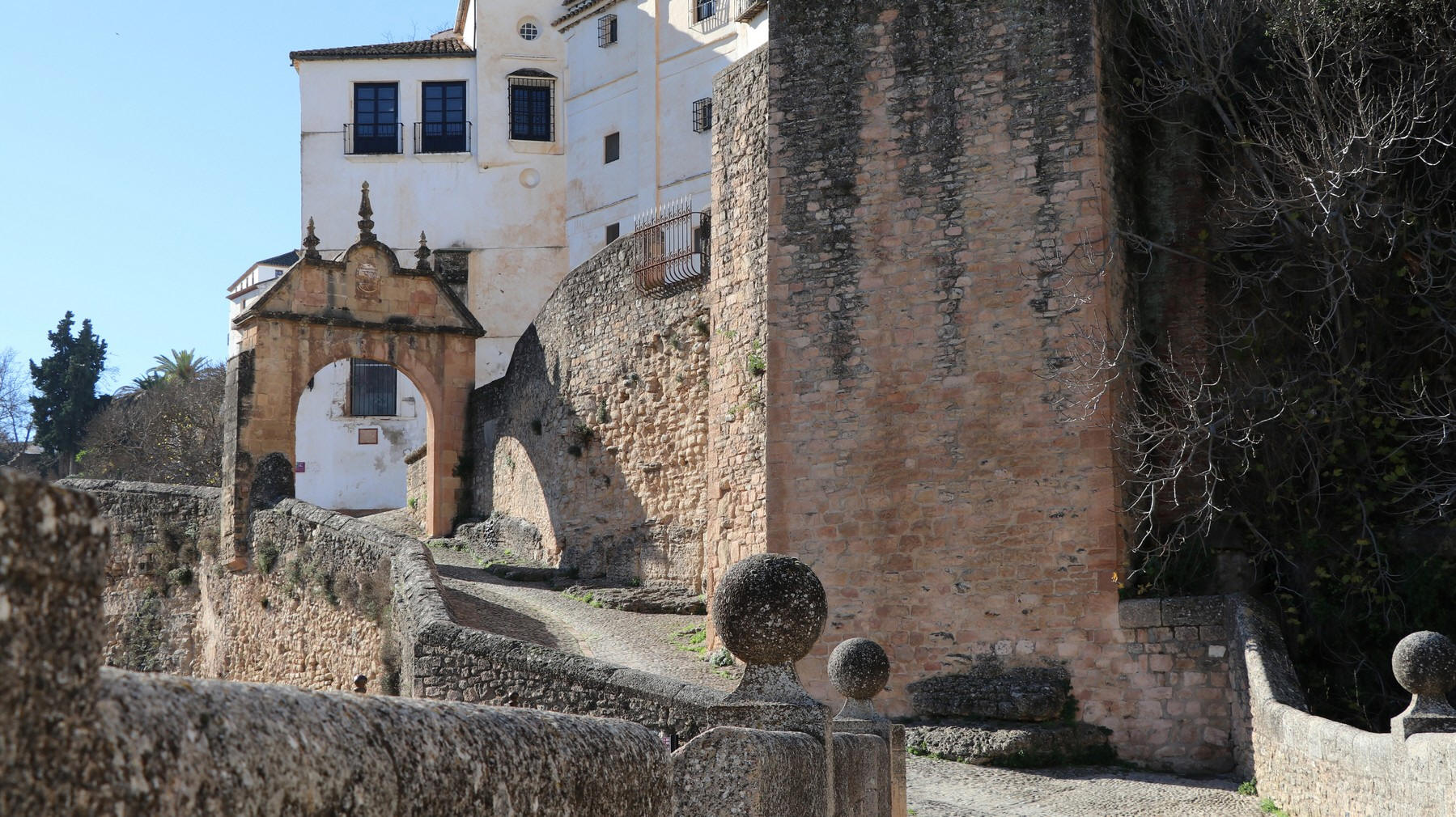
The Arco de Felipe V or Arch of Felipe V is part of the city wall of Ronda. It is named after the King of Spain Philip V (1683 - 1746) - Christmas 2022
Most people associate Andalusia exclusively with the Costa del Sol, but Andalusia is by no means just beach and bars - Andalusia is actually primarily everything else and far more exciting, alluring and exotic than people generally imagine.
I won't deny the fact that for me the Costa del Sol is primarily just a base for excursions to all the interesting and attractive things you find north of the coast and up in the mountains. In winter, however, you must be aware that the weather in e.g. Granada, Cordoba and Ronda can be quite different from the sunny and warm climate found on the coast.
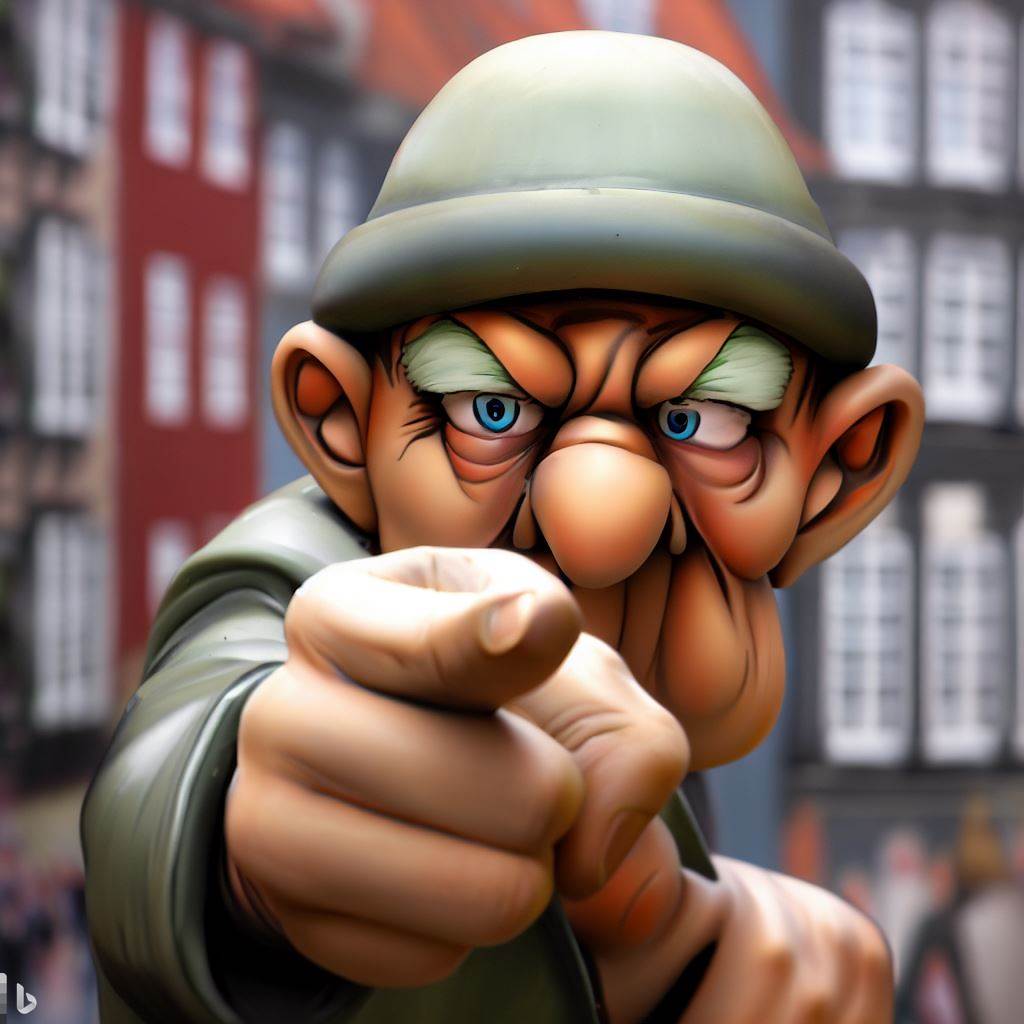
Wanted
The Costa del Sol in southern Spain is located in the autonomous region of Andalucia, which consists of coastal towns and communities along the coastline of Malaga province and the eastern part of Campo de Gibraltar i Cádiz. The name Costa del Sol was coined at the beginning of the 20th century by Rodolfo Lussnigg to promote the Almera coast and until the late 1960s it was used as a reference to the entire Mediterranean coast of eastern Andalusia. The Costa del Sol is one of the most important tourist areas in Spain, with around 35% of Andalusia's tourism concentrated in the region. The region has a population of 1,412,000 inhabitants.
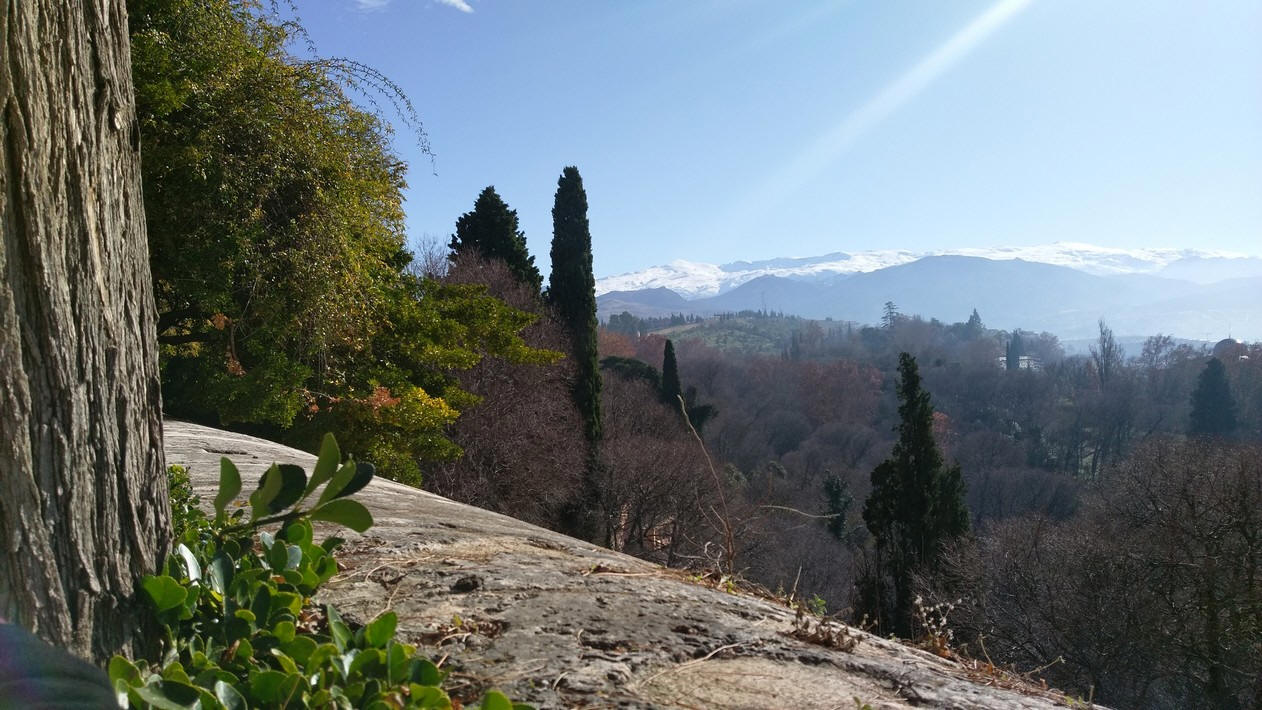
A view from Granada with The Sierra Nevada Mountains in the background - Christmas 2016
Andalusia is approximately twice the size of Denmark and the coast itself is only a limited part of the region in southern Spain, which has approx. 8.3 million citizens.
General Franco and Andalusia
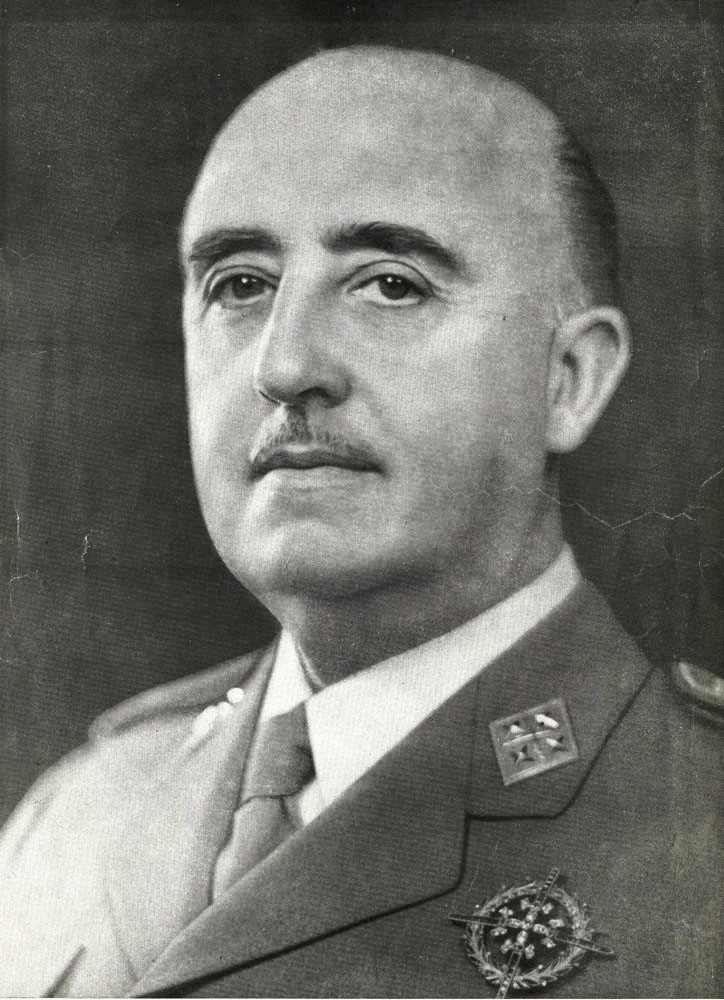
Dictator General Francisco Franco
Dictator General Franco's (1892 - 1975) attitude towards Andalusia was not particularly positive. He saw the region as an area of low culture, low morality and low loyalty to Spain. He believed that the Andalusians were lazy, ignorant and rebellious, and that they needed to be suppressed and civilized by his regime. He favored other regions, especially his native Galicia, at the expense of Andalusia, which he neglected in terms of economic development, social welfare and cultural recognition.
Franco also had a strained relationship with Andalusian identity and culture, which he tried to undermine and replace with a uniform Spanish nationalism. He banned the use of the Andalusian language, which he considered a vulgar dialect of Spanish, and he persecuted the political and cultural movements that promoted Andalusian autonomy or separatism. He was also hostile to Andalusian folklore, especially flamenco, which he considered an expression of decadence and degeneration. He banned public performances of flamenco and censored lyrics and music.
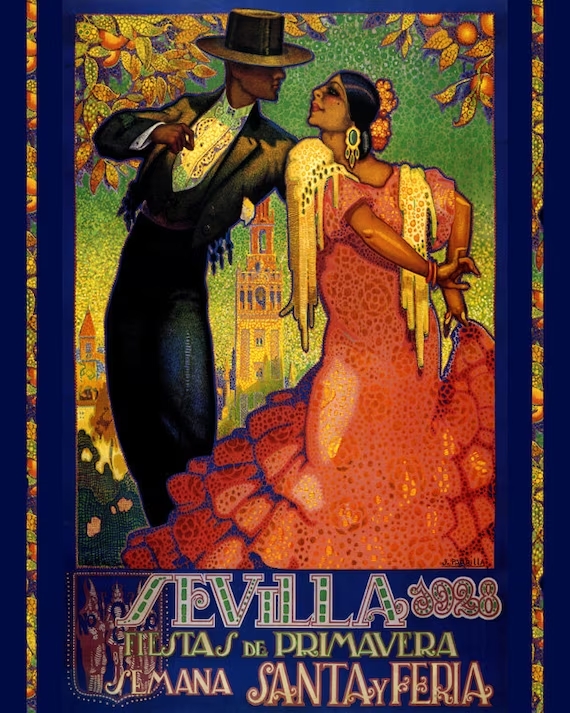
Flamenco-poster
Franco was not able to completely eradicate
the Andalusian identity and culture. Many Andalusians resisted
his oppression and preserved their traditions in secret or in exile. Some Andalusians also actively
participated in the Spanish resistance movement against Franco's regime, both during the civil war and afterwards.
After Franco's death in 1975, Andalusia gained greater political and cultural freedom as an autonomous region of
democratic Spain.
However, Franco was also aware of the
economic and political importance of tourism to his regime. He established
a national Spanish state tourist agency in 1938, and he organized some propagandistic tours to the territories
he had conquered during the civil war. One of these trips went to Andalusia, where the tourists could see some
of the historical and cultural sights of the region, but also some of the devastation that Franco had caused.
Franco used these tours as a way to show his power and legitimacy to the outside world, but also as a way to
control the Andalusian population and culture.
After the war, Franco continued to
promote tourism in Spain as a source of foreign currency and international
recognition. He invested in infrastructure and facilities to attract more tourists, especially from Europe.
He also allowed some forms of cultural openness and tolerance towards the tourists that he did not allow towards
the Spaniards themselves. Andalusia became one of the most important tourist areas in Spain, with its beautiful
beaches, mountains and cities. Many Andalusians worked in the tourism industry and they got some financial
benefits from it. But they also suffered some social and cultural disadvantages, such as the loss of their
traditional lifestyle, environmental pollution and exploitation of their labor.
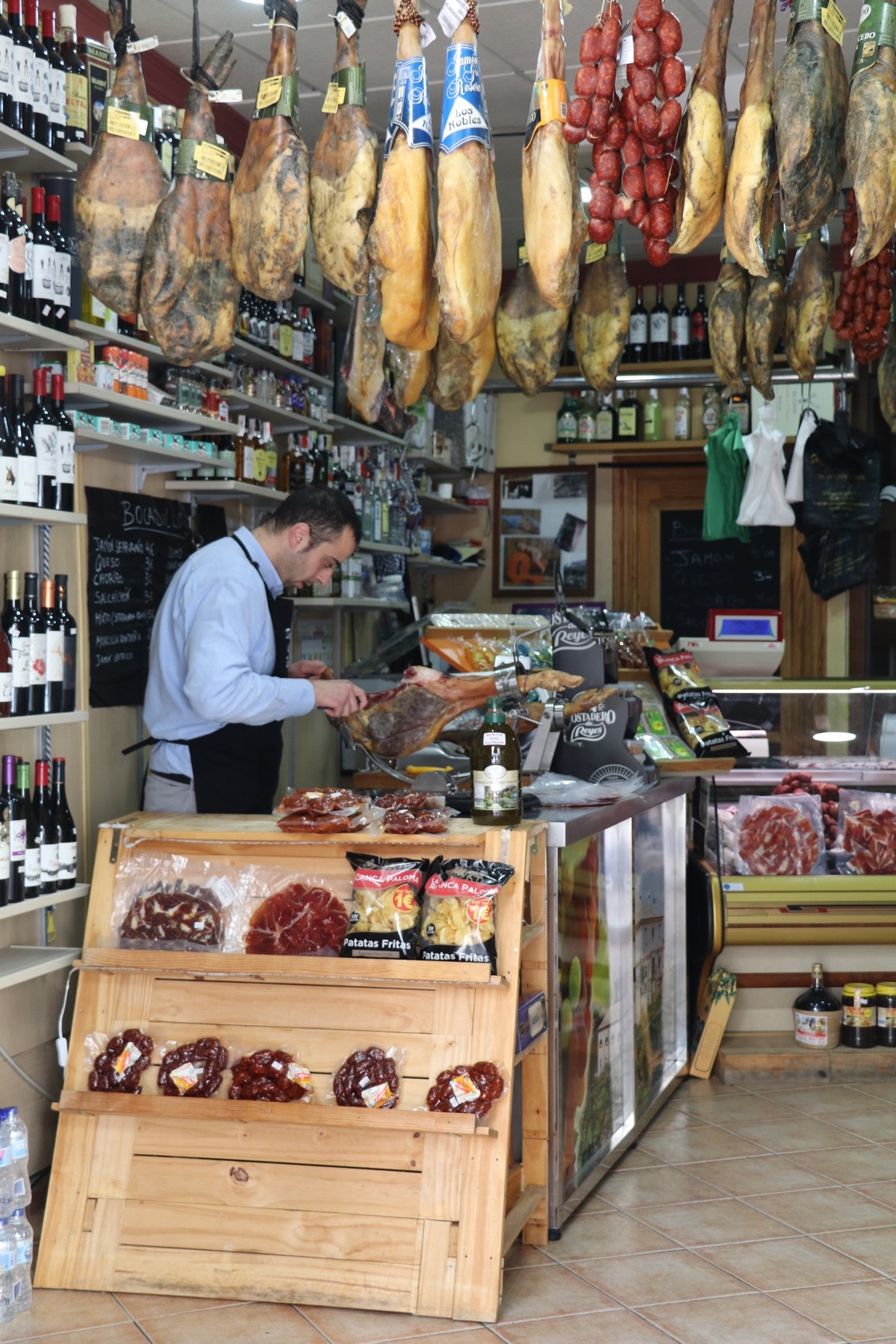
Ham carving - Christmas 2022 2016
In Andalusia, they produce two types of hams: jamón serrano and jamón ibérico. Jam? serrano is an excellent salted and dried ham made from white pigs. It is produced in mountain villages due to the fresh mountain air, which is ideal for air-drying 1. Jamón ibérico, the flagship and luxury product among Spanish hams, is produced in western Andalusia and Extremadura. Hanging hams in the ceiling is a traditional way to dry them. Serrano hams that are sold with a label indicating they are of the highest quality typically have had a longer drying time than seven months. Depending on where in Spain the ham is produced and processed, it can be done in different ways.
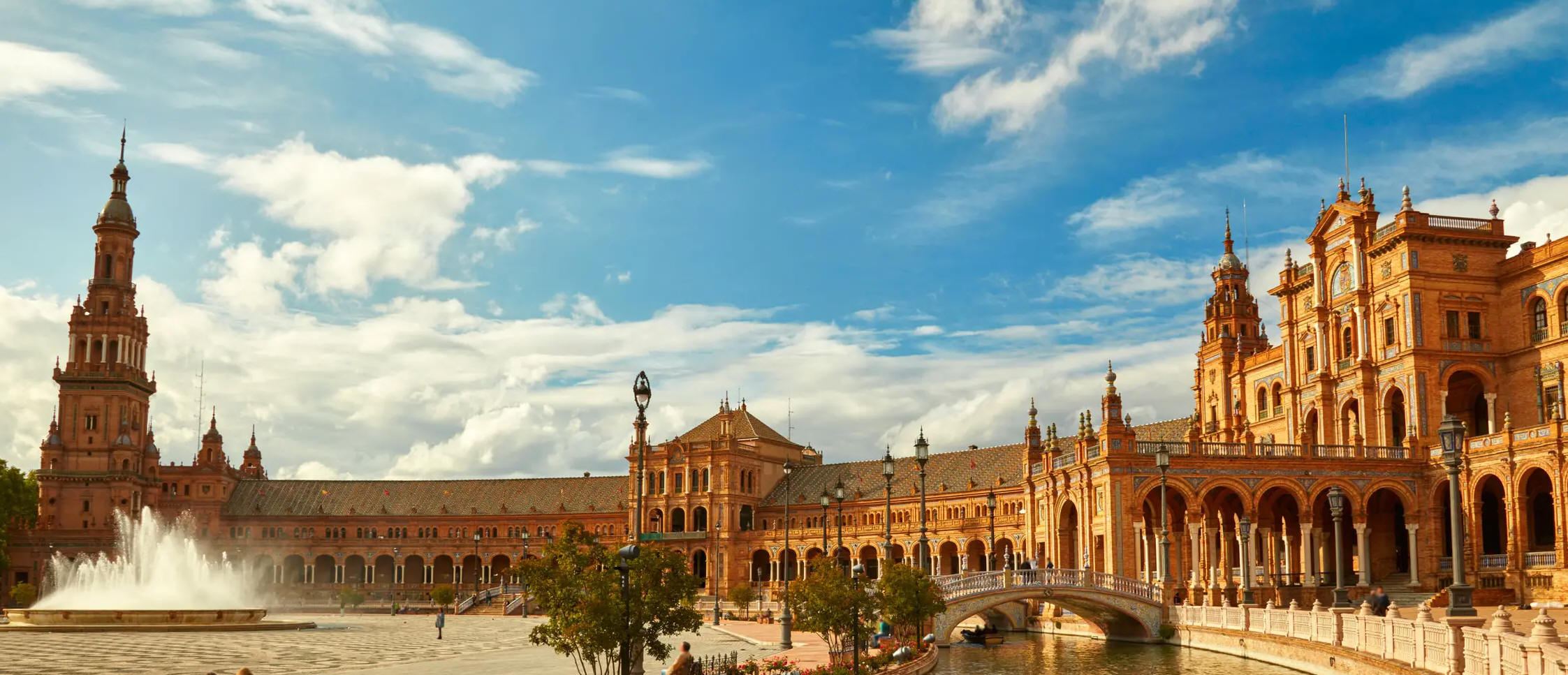
The Plaza de Espana in Seville
Seville is located on the Guadalquivir River
and is the capital of Andalusia. It is also the fourth largest city in Spain.
Seville has a long and rich history dating back to the 8th century BC when it
was founded by the Phoenicians.
Seville is particularly known for being home to some of the most famous
monuments and cultural events in Spain, such as the cathedral where Christopher
Columbus is buried; Alcázar, a palace and fortress which mixes Islamic and
Christian architecture; Plaza de Espana, an impressive square with a large
fountain and ceramic benches; Metropol Parasol, a modern wooden structure with a
viewing platform and a market; and the Feria de Abril, an annual festival of
music, dance, food and bullfighting.
Seville also has a lively cultural and nightlife scene with many museums,
theatres, bars, restaurants and festivals. The city is also an important
educational center with one of Spain's oldest universities. Seville has approx.
700,000 inhabitants.
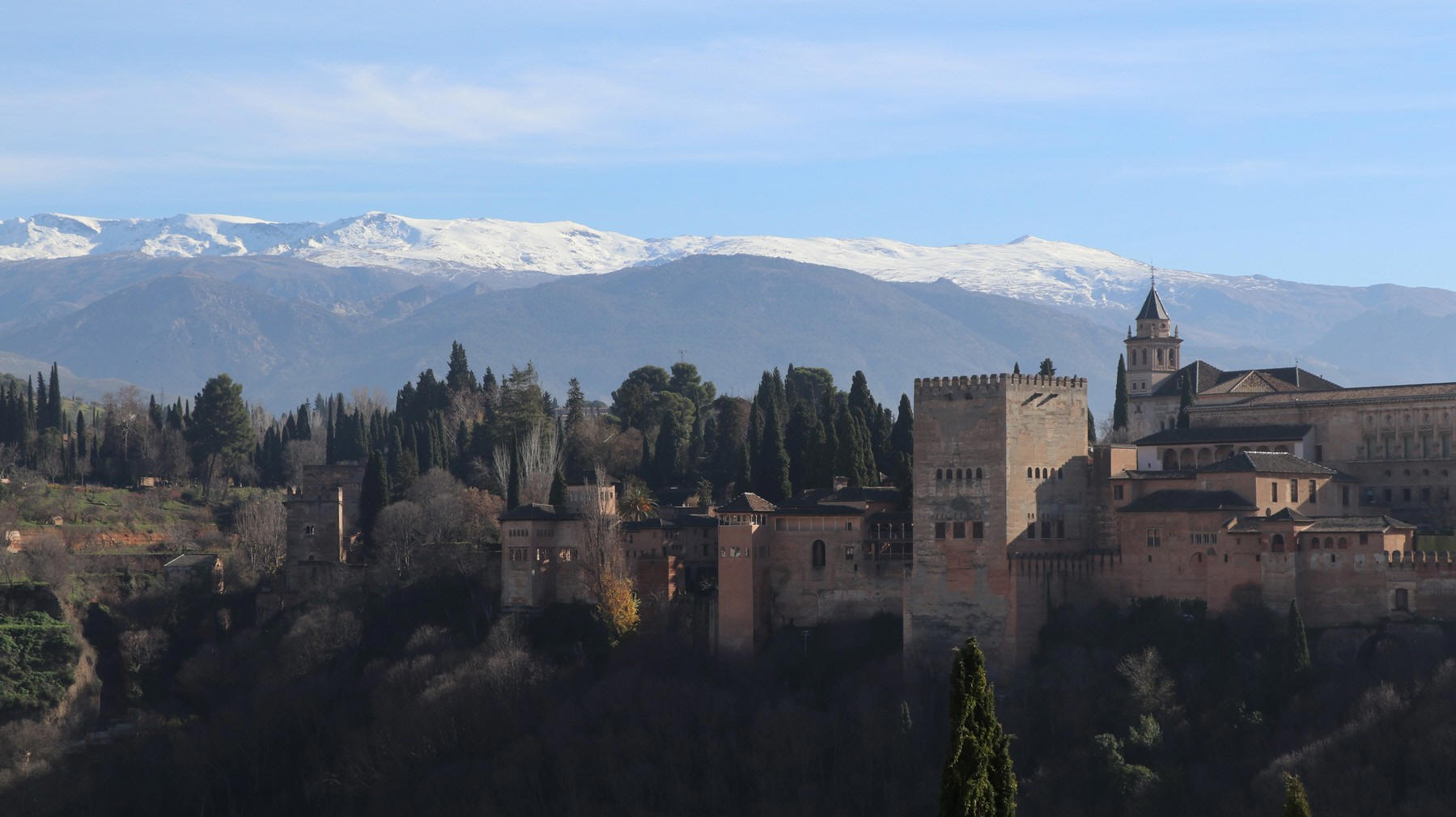
Alhambra, Granda - Sierra Nevada mountains in the background - Christmas 2016
Located at the foot of the Sierra Nevada
mountains, Granada is the capital of the province of Granada and the second
largest city in Andalusia. Granada has a long and rich history dating back to
the 8th century BC when it was founded by the Phoenicians. Since then, the city
has been under Roman, Visigothic, Arab, Christian and Spanish influence.
Granada is particularly known for being home to the Alhambra, but the city also
has other attractions, such as the cathedral where the Catholic monarchs
Ferdinand and Isabella are buried; the historic neighborhood of Albaicín, which
has retained its Moorish atmosphere; the Royal Chapel, where you can see some of
the finest examples of Spanish Renaissance art; and Sacromonte, an area of caves
where gypsies and flamenco artists live.
Granada also has a lively cultural and nightlife scene with many museums,
theatres, bars, restaurants and festivals. The city is also an important
educational center with one of Spain's largest universities.
The Alhambra is both an impressive palace
and a fortress located in Granada. It is one of the most famous monuments of
Islamic architecture and a World Heritage Site. The Alhambra means "the red one"
in Arabic because it is built of red clay.
The Alhambra was built in the 13th and 14th centuries by the Muslim Nasrid kings
who ruled Granada, the last Muslim kingdom in Spain. The palace was their
residence and capital, and it reflects their power and wealth. The palace has
many beautiful halls, courtyards, fountains, gardens and decorations which
display the Islamic arts and crafts.
The Alhambra also had a military function - a fortress which protected the city
from attack. The fortress has very thick walls, towers, gates and a citadel
called the Alcazaba.
In 1492, Granada was conquered by the Christian kings Ferdinand and Isabella,
who made the Alhambra their royal palace. They added some Christian elements to
the palace, such as a chapel and a monastery. They also received Christopher
Columbus at the Alhambra, where he was given permission to explore the New
World.
In the 16th century, Emperor Charles V ordered a new Renaissance palace to be
built inside the Alhambra, but it was never completed. It created a contrast
between the two architectural styles.
In the 18th and 19th centuries, the Alhambra was neglected and damaged by wars
and earthquakes, but in the 20th century, the Alhambra was restored and opened
to the public as a museum and tourist attraction.
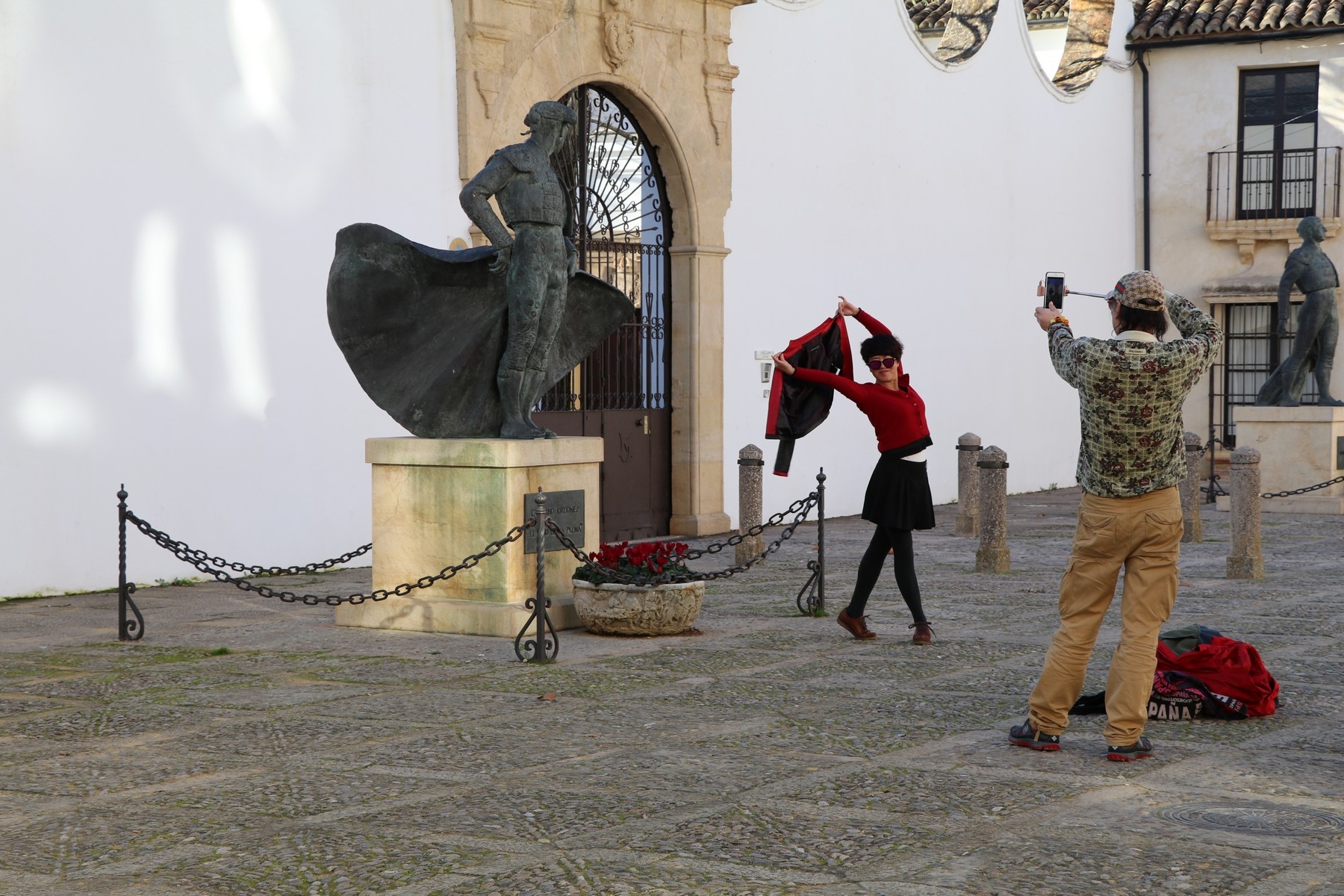
In front of 'The Plaza de Toros de Ronda' - The Bullring in Ronda- Christmas 2016
Ronda is one of the oldest cities in Spain and has a population of approx. 35,000 inhabitants. The city is located on a rocky plateau surrounded by river valleys and mountains, and is known for its dramatic and beautiful location and bullfighting. Bullfighting in Spain has its roots in ancient Rome and bullfighting as we know it today began in Ronda in the 18th century, where the first bullring was built. Ronda is therefore considered the cradle of modern bullfighting and has one of the oldest and most prestigious arenas in the country.
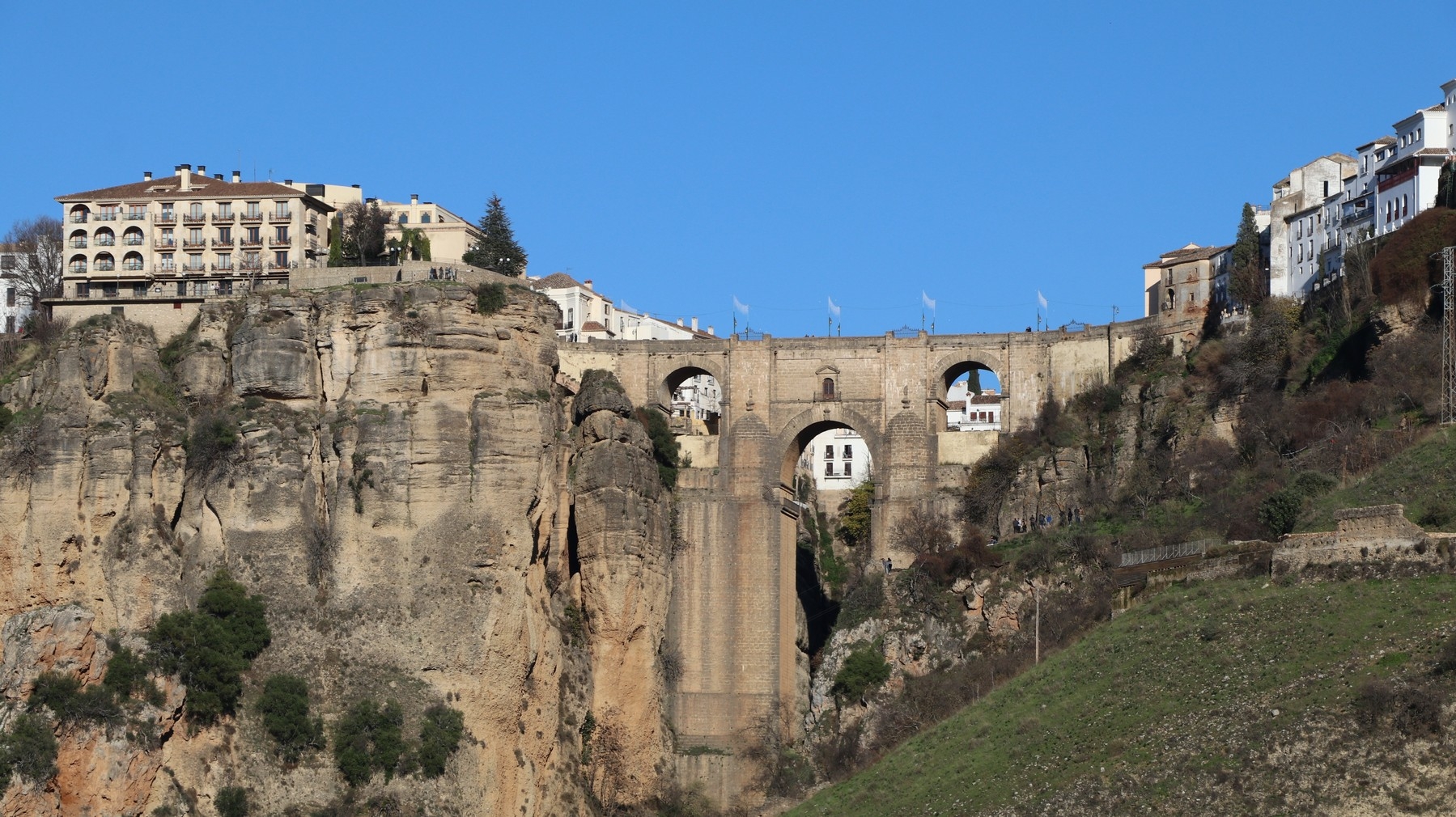
Ronda - Christmas 2022
Bullfighting in Ronda usually takes place in September during the Feria de Pedro
Romero, an annual festival that pays tribute to the famous bullfighter Pedro
Romero, who was born in Ronda in 1754. The festival also includes the famous
Corrida Goyesca, a bullfight where the bullfighters and the audience wear dress
up in costumes from the 18th century, inspired by the painter Francisco de Goya.
If you want to see a bullfight in Ronda, be aware that it can be difficult to
get tickets as it is a very popular and exclusive event. One can try to buy
tickets online in advance from official dealers like Servitoro or go directly to
the bullring in Ronda and hope to find some available seats. Prices vary
depending on the venue and the bullfighters, but they can be quite expensive.

Coat of arms of the Andalusian region
Cordoba was the capital of Islamic Spain for over 500 years. The city is famous for its mosque-cathedral, which is a masterpiece of architecture and art that blends Islamic, Christian and Jewish elements. Cordoba also has a charming Jewish quarter where you can visit the old synagogue and the Jewish Museum. The city has a rich history and culture, which is also reflected in its monuments, museums, festivals and gastronomy.
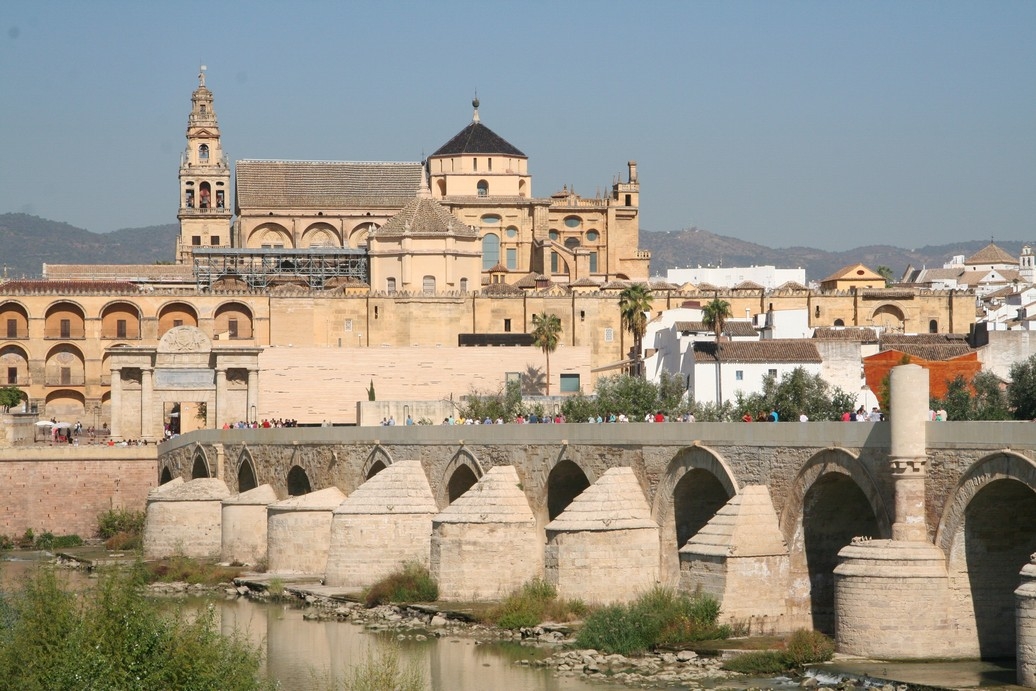
The Roman Bridge and The Mosque-Cathedral La Mezquita of Cordoba - Christmas 2016
The Roman Bridge of Cordoba is located in
the center of Cordoba and was built in the early 1st century BC. over the river
Guadalquivir. The bridge is part of the area called Sotos de la Albolafia. The
bridge is also a World Heritage Site, as it is part of the historic center of
Cordoba, which was declared as such in 1984.
The bridge, built by the Romans in the early 1st century BC. has undergone
several reconstructions since then, especially in the Arab period of the 8th
century, when it got its current appearance with 16 arches, one smaller than
originally, and a total length of 247 meters. The width of the bridge is about 9
metres.
The bridge was part of the Via Augusta, which connected Rome to Cadiz, and was
the only bridge over the Guadalquivir in Cordoba until the 20th century.
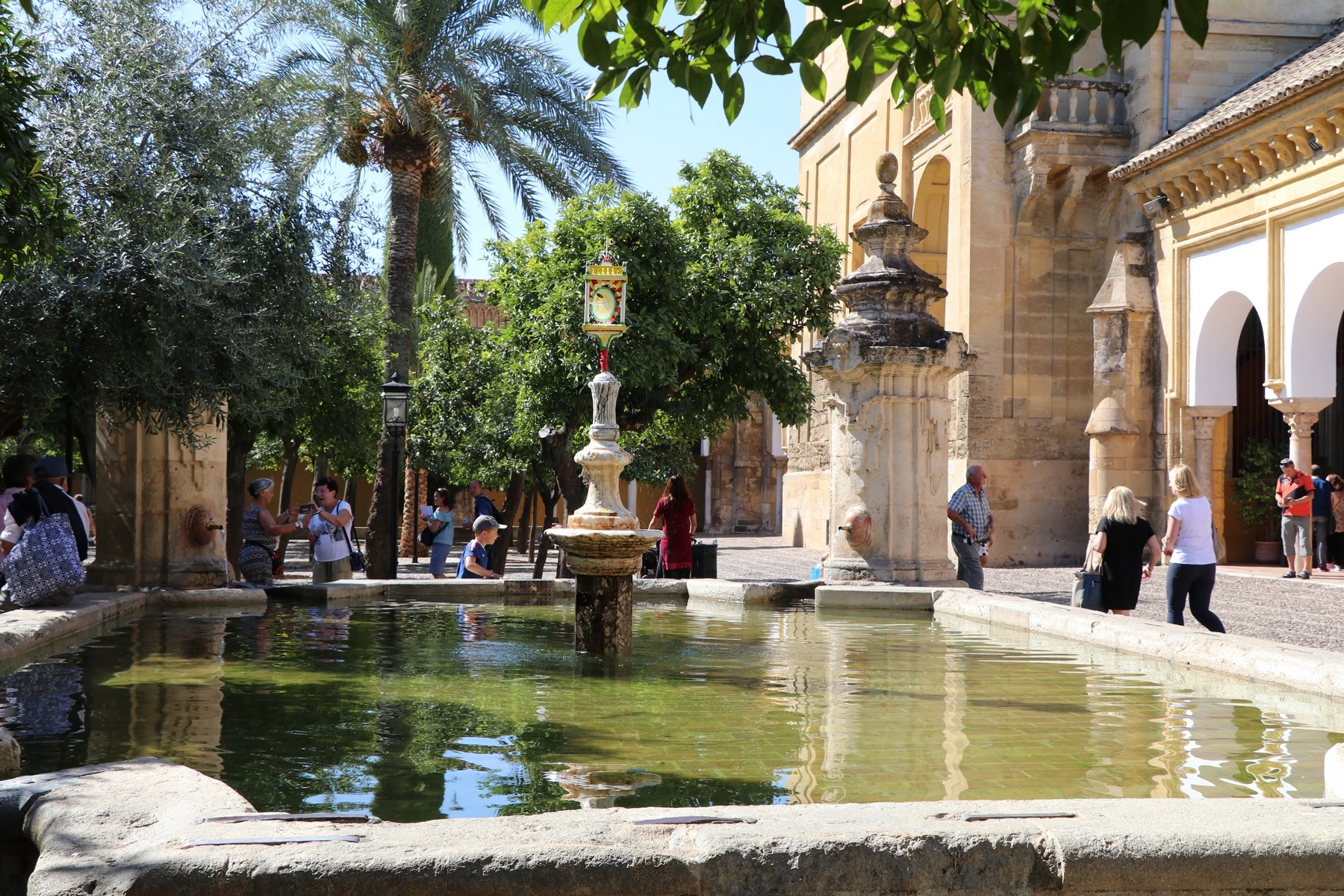
A fountain where you washed yourself before entering the Mosque-Cathedral La Mezquitaof Cordoba - Christmas 2016
The Mosque-Cathedral La Mezquita of Cordoba
is one of the most impressive and significant monuments in Islamic architecture.
It is a symbol of the cultural and religious mixture that characterized Cordoba
in the Middle Ages. The building has a long and fascinating history, which can
be summarized as follows:
In the 6th century, there was a Visigothic church on the site, which was
dedicated to Saint Vincent of Zaragoza.
In 711, Cordoba was conquered by the Muslim Moors, who divided the church into
two parts and used it as a mosque.
In 785, Abd al-Rahman I, the founder of the Umayyad Emirate in Spain, ordered
the church to be demolished and replaced by a new mosque.
The mosque was expanded several times by the subsequent Umayyad rulers, who
added new prayer halls, columns, arches, domes and decorations.
The most famous element of the mosque is the mihrab, a richly decorated niche
that indicates the prayer direction towards Mecca. It was built by al-Hakam II
in 961-976 and is a masterpiece of Islamic art.
Another remarkable element is the minaret, a tower from which the call to prayer
was made. It was built by Abd al-Rahman III in 951-958 and was inspired by the
Great Mosque of Kairouan in Tunisia.
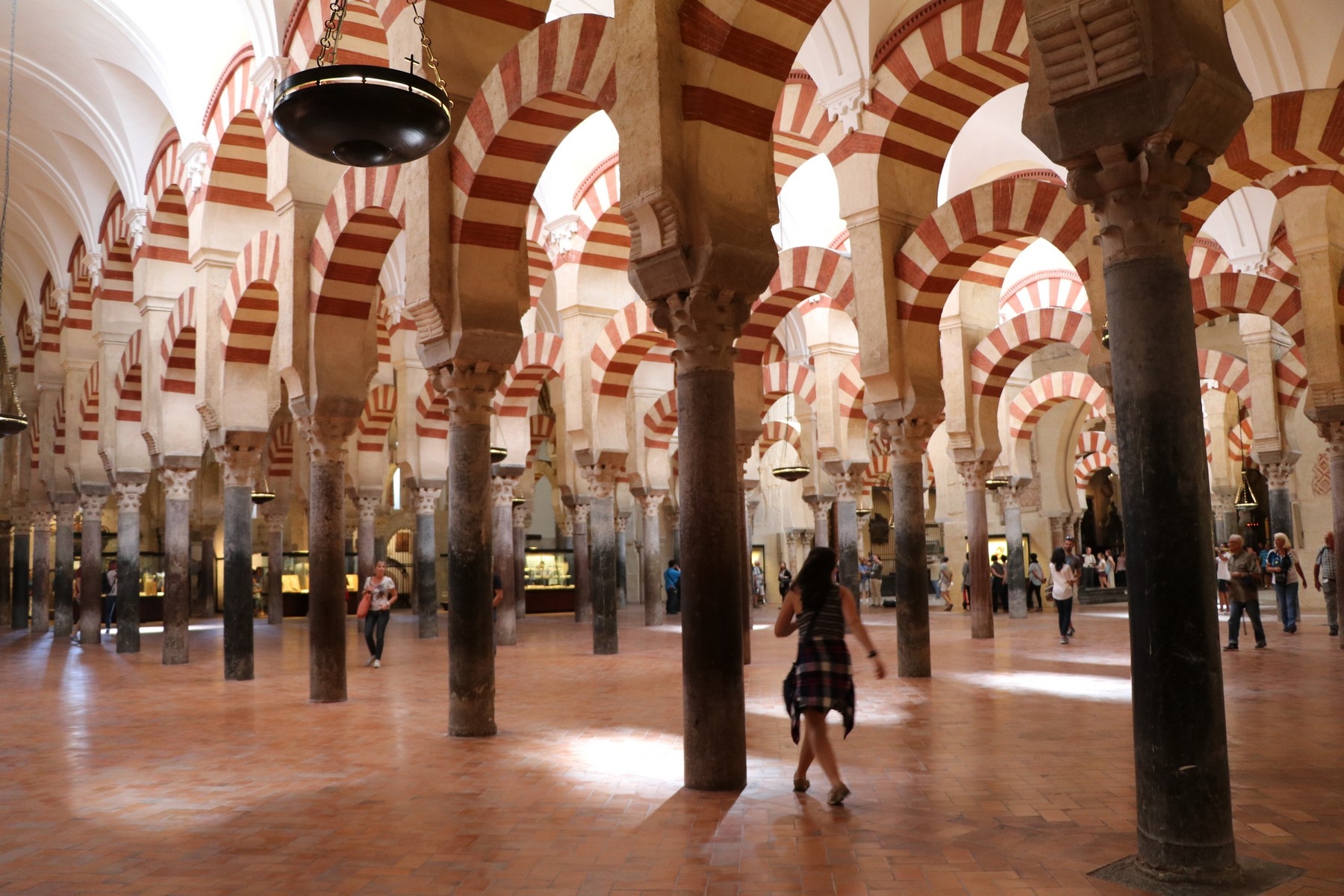
The Mosque-Cathedral of Cordoba La Mezquita - Christmas 2016
The mosque was the religious and political
center of the Umayyad Caliphate in Cordoba, which reached its peak in the 10th
century under Abd al-Rahman III and al-Hakam II .
In 1236, Cordoba was taken by the Christian forces under Ferdinand III of
Castile, who converted the mosque into a cathedral .
In the 16th century, a new Renaissance cathedral was built in the middle of the
mosque by order of Emperor Charle. This created a contrast between the two
architectural styles and caused controversy among both Muslims and Christians .
In the 19th and 20th centuries, several restorations and studies of the building
were carried out, which have contributed to preserve and highlight its
historical and artistic value .
Today, the building still functions as Codoba's cathedral, but it is also an
important tourist destination and a World Heritage Site.
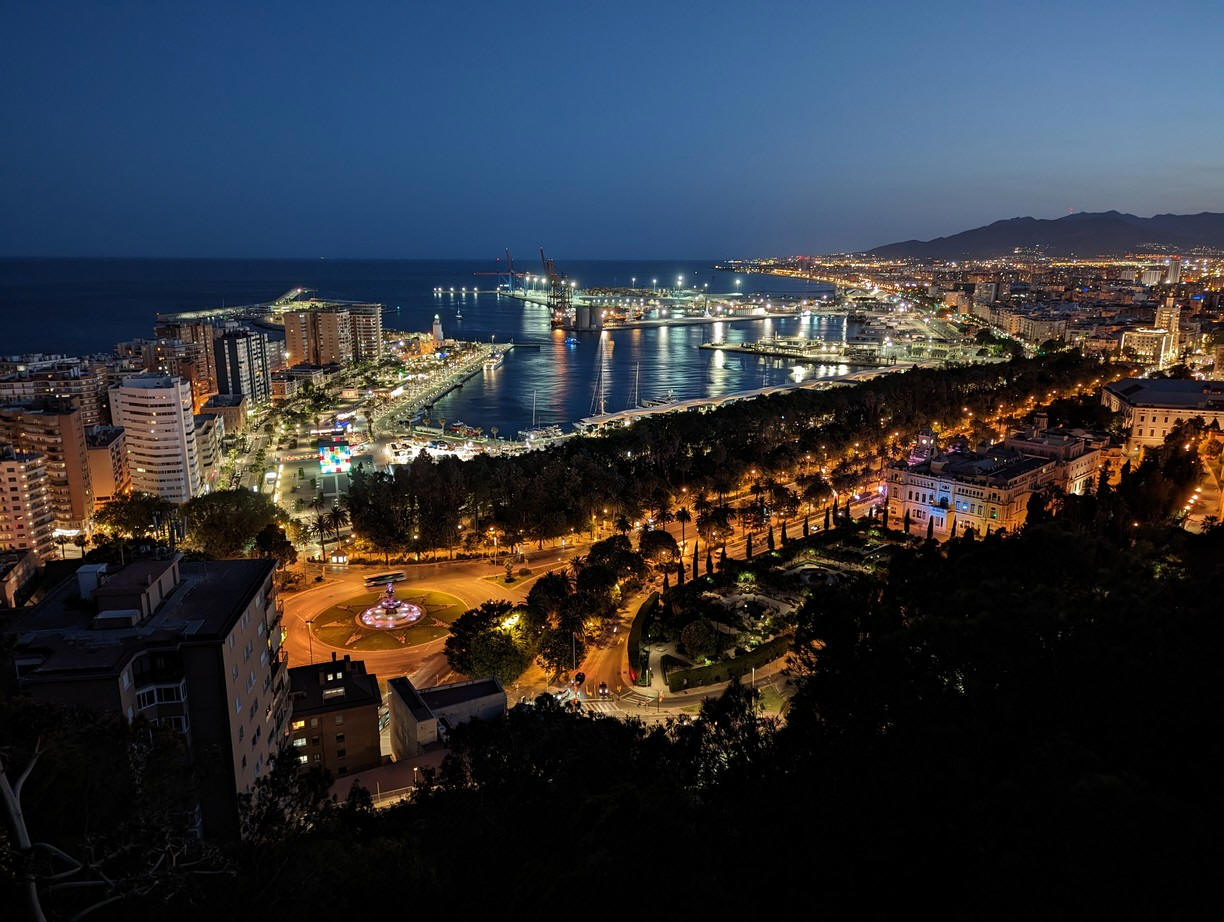
Malaga by night - Spring 2023
Malaga is the capital of the province of Malaga and the sixth largest city in Spain. The city has a long and rich history dating back to the 8th century BC when it was founded by the Phoenicians. Malaga is particularly known for being the birthplace of the famous painter Pablo Picasso, who has a museum dedicated to his works in the city. Malaga also has a lively art and cultural life with many museums, theatres, festivals and concerts. The city also has a pleasant climate all year round, which makes it a popular destination for tourists who want to enjoy the sun, the beach and the sea.
Some of the most popular attractions in Malaga are:
The Picasso Museum, a museum that exhibits more than 200 works by the world-famous artist, who was born in Malaga in 1881.
Alcazaba, an 11th-century Moorish fortress perched on a hill overlooking the city and harbour.
The cathedral, an impressive building from the 16th-18th centuries. century, which mixes Gothic, Renaissance and Baroque styles.
Gibralfaro, a 14th-century castle that sits atop a hill next to the Alcazaba and offers a stunning panoramic view of the city.
Atarazanas market, a colorful and lively market where you can buy fresh local products such as fruit, vegetables, fish, meat and cheese.
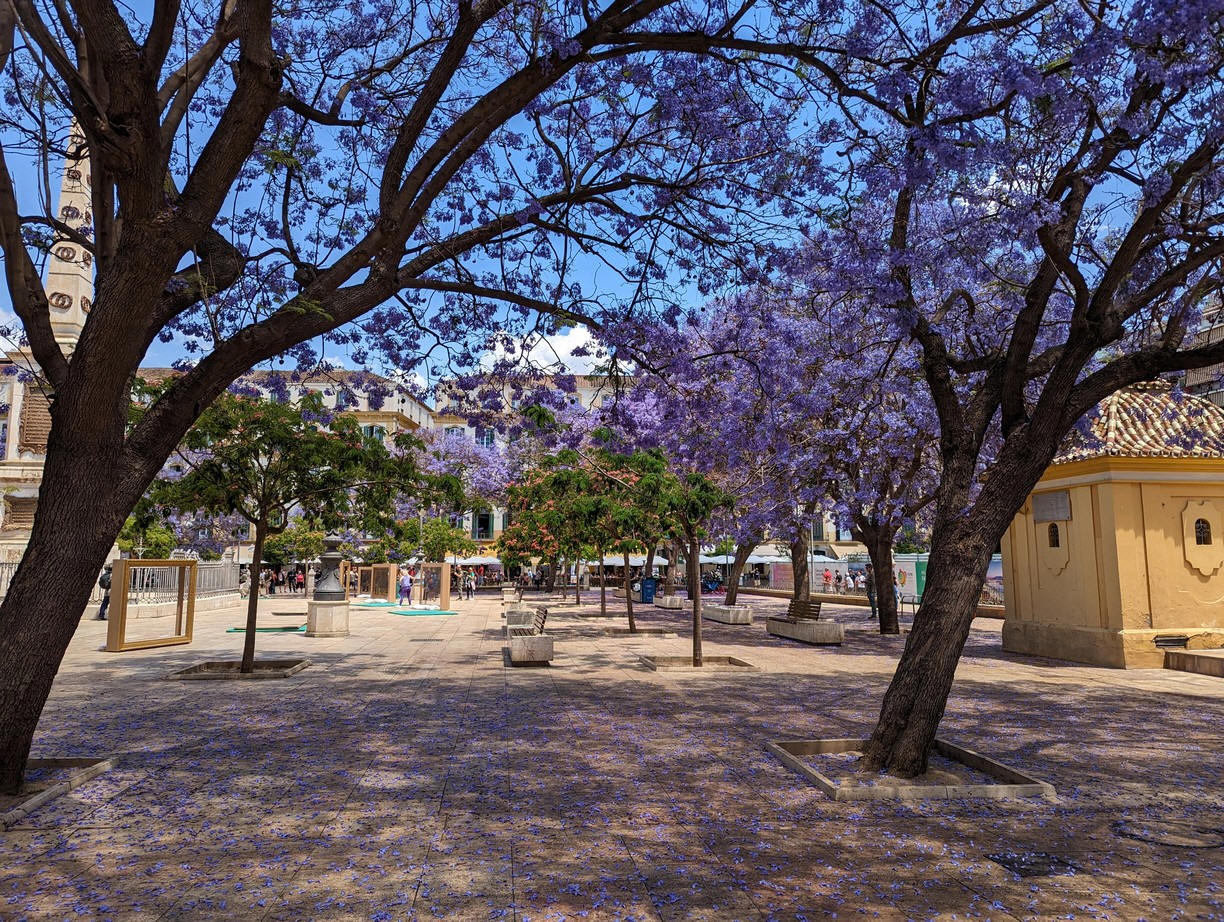
Jacaranda trees - Plaza de la Merced - Spring 2023
The website about Andalusia is not finished yet
Spanien:
Andre glimrende rejsemål
/Other fine destinations
:Ni breve til geheimearkivar m.m. C. F Wegener:
